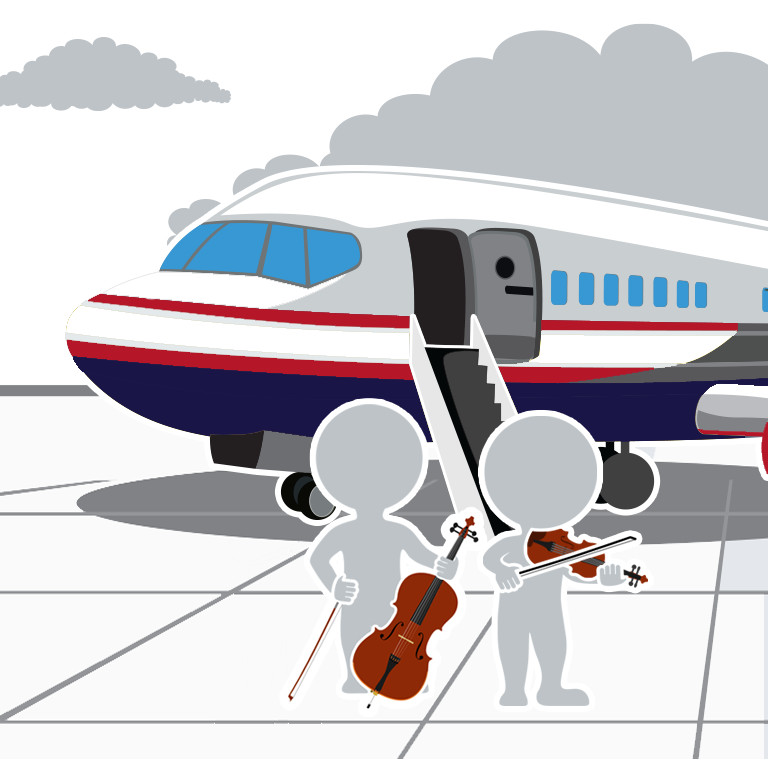In the wake of a growing public relations quagmire over the US&O’s closed-then-open-but-now-twice-as-much subscription policy for Third Tier seats in the upcoming 2007-2008 season, the chairman of the organization’s marketing and public relations committee, E. Jeffery Smith, wrote a letter to the editor of the Salt Lake Tribune to assure the local public that all was well. Unfortunately, the letter casually sidesteps many concerns subscribers have been publicly complaining about…
In particular, E. Jeffery Smith’s letter (signed jointly by US&O’s president and CEO as well as the entire board of trustees) talks about how the organization continues to offer “quite an entertainment value” for the upcoming 2007-2008 season. At the same time, the letter neglects to mention the fact that Third Tier subscription prices have been doubled for next season. Instead, it goes on to equate the sharp price hike to standard business practices,
“The price of season tickets in the third tier has been $12 for the past five years, and we have determined that it is appropriate to increase the cost of those and other sections in the hall for the next season. It is standard procedure to periodically re-evaluate pricing for all sections and there will be sections reviewed and adjusted in future seasons.”
In order to provide a more comprehensive sense, this standard procedure resulted in the US&O taking what were once the least expensive seats in Abravanel Hall and close them down only to reopen them a few weeks later at a cost almost equal to the average price for all seating options. At the same time, there is no reference to which businesses E. Jeffery Smith is referring in his above statement, although based on the US&O’s new Third Tier pricing policy, it may have been the oil business.
Naturally, every organization periodically reviews seating prices and makes adjustments, there’s nothing the least bit surprising about that practice. However, the timing of the US&O’s decision to double the cost of third tier subscriptions combined with the actual rate of increase is leaving many subscribers displeased (once again, the oil business may come to mind).
Interestingly enough, the US&O appears to have found itself caught up in a common problem: they held seating prices for a particular section flat for so long that the sharp increase agitated subscribers. At the same time, you would have a better frame of reference as to exactly how sharp the increase’s edge is to subscribers when you consider that the U.S. Department of Labor’s Consumer Price Index calculates that the $12.00 seat in 2002 should only cost $13.71 in 2007 (remember, the US&O is now charging $25.00 for those CPI adjusted $13.71 seats).
Unfortunately, E. Jeffery Smith’s letter doesn’t provide any information about the process the organization utilized to determine the new pricing structure but then again, according to the US&O’s Vice President for Marketing & Communications, Sean Toomey, the organization didn’t actually contact Third Tier subscribers to research the potential response to closing down their seats. As such, it may come as no surprise if the US&O implemented the same “don’t ask, then tell” process when re-pricing the section (repeated inquires to Sean Toomey requesting information on the process they used to price third tier seats have not yet been answered).
Nevertheless, if the US&O continues their recent practice of about-face decision making, I wouldn’t be surprised to see a “Double It And Take Half Off!” sale announced for renewing Third Tier subscribers any day now.



WHOLE lotta Kool-Aid drinkin’ goin’ on!!